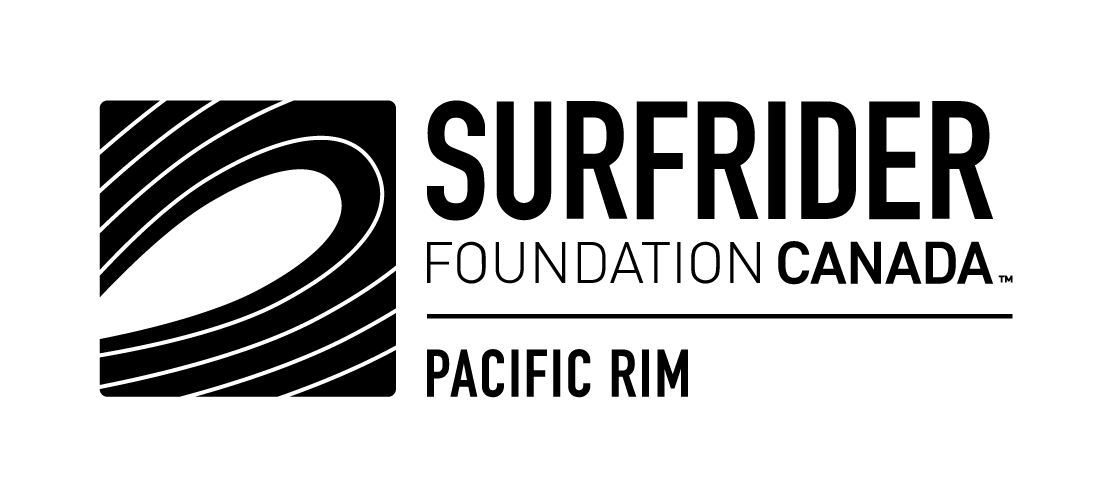The art of environmental conservation
Volunteers removing a super-sac full of marine debris from Vargas Island on a remote shoreline cleanup. Photo: Nicole Holman
My journey as a photographer and Chapter Coordinator for Surfrider Pacific Rim began with a project to document a remote shoreline cleanup in the Broken Group Islands two years ago. This adventure took us deep into Barkley Sound to scour kilometers of undeveloped coastline to collect marine debris that had been washed up and scattered amidst its rugged edges. In a part of the world so remote that few will ever travel here, these images were the first most people saw of this wondrous landscape and the pollution that plagues it. Documenting this trip started out with a goal to raise awareness about the plastics pollution crisis and grew into an appreciation for visual storytelling’s role in addressing environmental and sustainability issues.
The power of capturing images for Surfrider Pacific Rim’s local and remote shoreline cleanups lies in the visual stories that are able to be told long after the cleanups are complete. This story, as well as many others told through art, spark hope for positive change and inspire people to take action. Through a variety of mediums, visual arts can help conservationists reach new audiences, tell stories that inform and create emotional connections to wild places. A quote from Alan Giddy states that “good art crosses linguistic and cultural borders” and points to the particular usefulness of art in today’s globalized society to address the climate crisis and work to protect the world’s oceans, beaches and waves for all people.
As human beings, at the root of each decision we make lies emotion. When having environmental conversations, presenting facts alone is less likely to result in long-term changes in feelings, actions and behaviours. Beautiful imagery and other mediums of art can be used as powerful agents for change that will broaden people’s understanding of environmental issues and help them see another side to an issue they weren’t previously exposed to. By evoking emotion and telling a story in conjunction with presenting facts about important environmental topics we go beyond typical education and outreach methods to inspire active hope.
Here on Vancouver Island, the west coast is home to a collective of local artists that use their craft as a medium for positive environmental change. At Surfrider Pacific Rim, the work of graphic designers, painters, videographers and writers creates the basis for all visual aspects of our events, presentations, articles, resources and social media posts that help us to drive powerful wins on plastics.
One of these artists, Kim Leckley of Sea Woven, has recently lended her expertise in fibre art to raise awareness about the plastics pollution crisis through a series of custom designs. Her latest “WAVE” piece is made of specialty wool and natural, recycled cotton rope hung on copper piping in a color palette of Surfrider blue tones. In order for her art to be meaningful and imbued with purpose, and to give back to her source of inspiration, she is also creating pieces made out of marine debris from local and remote shoreline cleanups. Proceeds from every piece sold are being donated to Surfrider Pacific Rim’s conservation efforts to eradicate plastic pollution.
The science is clear that by halting plastic pollution, we are taking steps to address the climate emergency and improve the health of the world’s largest carbon sink. Now is the time to continue fostering a positive connection between communities, businesses and governing bodies and the environment. To achieve this, we need to reach people on an individual emotional level. Art can be used as a tool to help people fall in love with the natural world, better understand its needs and give them hope for a better future. Then, by converting empathy into action we are able to drive powerful conservation victories for the ocean, the millions of people that call the coast home, and, ultimately, all of humanity and the rest of creation we share the planet with.

